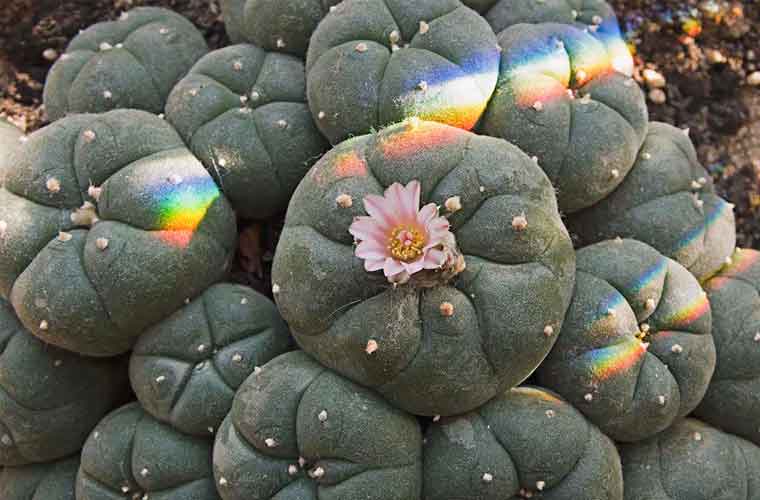The psychedelic experience, characterized by profound changes in perception, mood, and thought, has been a topic of fascination and study for decades. Among the most commonly used psychedelics are magic mushrooms, known for their active compound psilocybin, and other hallucinogens like LSD (Lysergic Acid Diethylamide), DMT (Dimethyltryptamine), and mescaline. This article aims to compare and contrast the psychedelic experiences elicited by magic mushrooms with those of other hallucinogens.
Magic Mushrooms: A Natural Psychedelic
Magic mushrooms, or psilocybin mushrooms, are a group of fungi containing psilocybin, a naturally occurring psychedelic compound. Indigenous cultures have used these mushrooms for centuries for their spiritual and healing properties. Dive into the enchanting journey of Magic Mushrooms in Canada, where nature’s own psychedelic offers a gateway to unparalleled introspection and discovery.”
The Psilocybin Experience
The effects of magic mushrooms can vary greatly depending on the dose, setting, and individual psychology. Users often describe experiencing vivid visual and auditory hallucinations, emotional openness, a sense of connectedness with nature and the universe, and profound spiritual and mystical experiences. The experience can last anywhere from 4 to 6 hours.
Therapeutic Potential
Recent studies have shown that psilocybin may have significant therapeutic potential, particularly in the treatment of depression, anxiety, and PTSD. Its ability to induce profound, introspective experiences is believed to help break negative thought patterns and foster emotional healing.
LSD: The Synthetic Alternative
LSD, synthesized by Albert Hofmann in 1938, is a potent hallucinogen. Unlike psilocybin mushrooms, LSD is man-made, derived primarily from a fungus that grows on rye.
The LSD Experience
LSD experiences can be intense and profound. Effects include visual hallucinations, altered sense of time, emotional swings, and feelings of euphoria. LSD trips can last much longer than those induced by magic mushrooms, typically around 8 to 12 hours. Some users report experiencing ‘synesthesia’, a phenomenon where senses overlap, such as “seeing” sounds or “hearing” colors.
Use and Research
LSD was popular in the 1960s counterculture movement but faced strict regulation afterward. Recent research into LSD has focused on its potential to treat mental health disorders and enhance creativity and problem-solving.
DMT: The Spirit Molecule
DMT, a naturally occurring psychedelic compound, is found in several plants and animals, including the South American plant brew, Ayahuasca.
The DMT Experience
DMT is known for its rapid onset and intense psychedelic experience. Users report experiencing otherworldly realms, communicating with ‘entities’, and profound shifts in perspective. The duration of a DMT experience is much shorter than LSD or psilocybin, typically lasting about 30 minutes when smoked.
Cultural and Spiritual Significance
DMT is integral to some indigenous South American cultures, used in spiritual ceremonies for its perceived ability to heal and enlighten.
Mescaline: The Desert Psychedelic
Mescaline is a naturally occurring psychedelic alkaloid of the phenethylamine class, known for its use in the Peyote cactus. Native Americans have used Peyote in spiritual ceremonies for thousands of years.
The Mescaline Experience
Mescaline induces a long-lasting psychedelic experience, often characterized by vivid colors, patterned visual hallucinations, altered body image, and profound philosophical insights. The effects can last for about 10 to 12 hours, similar to LSD.
Therapeutic and Cultural Context
Mescaline is respected for its therapeutic potentials, like enhancing creativity and treating various psychiatric disorders. Culturally, it remains a sacred substance in many Native American traditions.
Comparing the Experiences
While each of these substances can induce profound psychedelic experiences, they differ in duration, intensity, and the nature of the experience.
- Duration: LSD and mescaline have longer durations (up to 12 hours), while psilocybin and DMT experiences are shorter.
- Intensity: DMT is often considered the most intense, with rapid onset and overwhelming visuals. LSD and mescaline can also produce intense experiences, but they develop more gradually than DMT.
- Nature of Experience: Magic mushrooms and mescaline tend to produce more ‘earthy’ and natural experiences, while LSD and DMT are often described as more cosmic or otherworldly.
- Therapeutic Use: All have shown potential in therapeutic settings, but psilocybin has been the focus of much recent research for its potential in treating mental health conditions.
Safety and Legal Status
It’s important to note that the legal status of these substances varies by country and region. Most are classified as Schedule I drugs under international law, meaning they’re currently not accepted for medical use and have a high potential for abuse. Despite this, research into their therapeutic potential is ongoing.
Conclusion
The psychedelic experiences induced by magic mushrooms, LSD, DMT, and mescaline are unique in their own ways, offering a range of insights, emotions, and spiritual depths. While they share some commonalities in their ability to produce profound shifts in consciousness, their differences lie in the duration, intensity, and nature of the experiences they elicit. As research continues, the understanding of these substances and their potential benefits in therapy and personal growth is likely to deepen.

